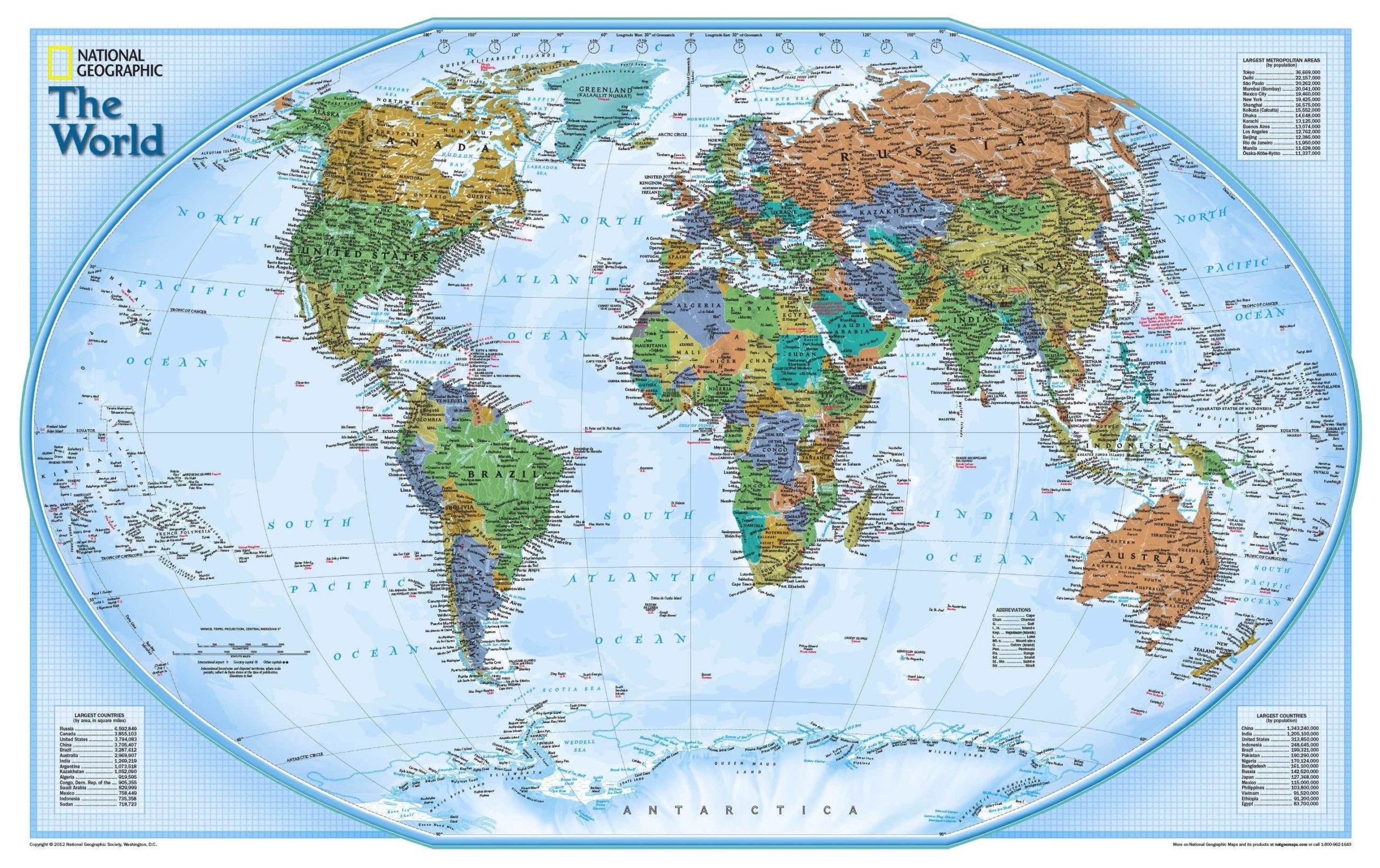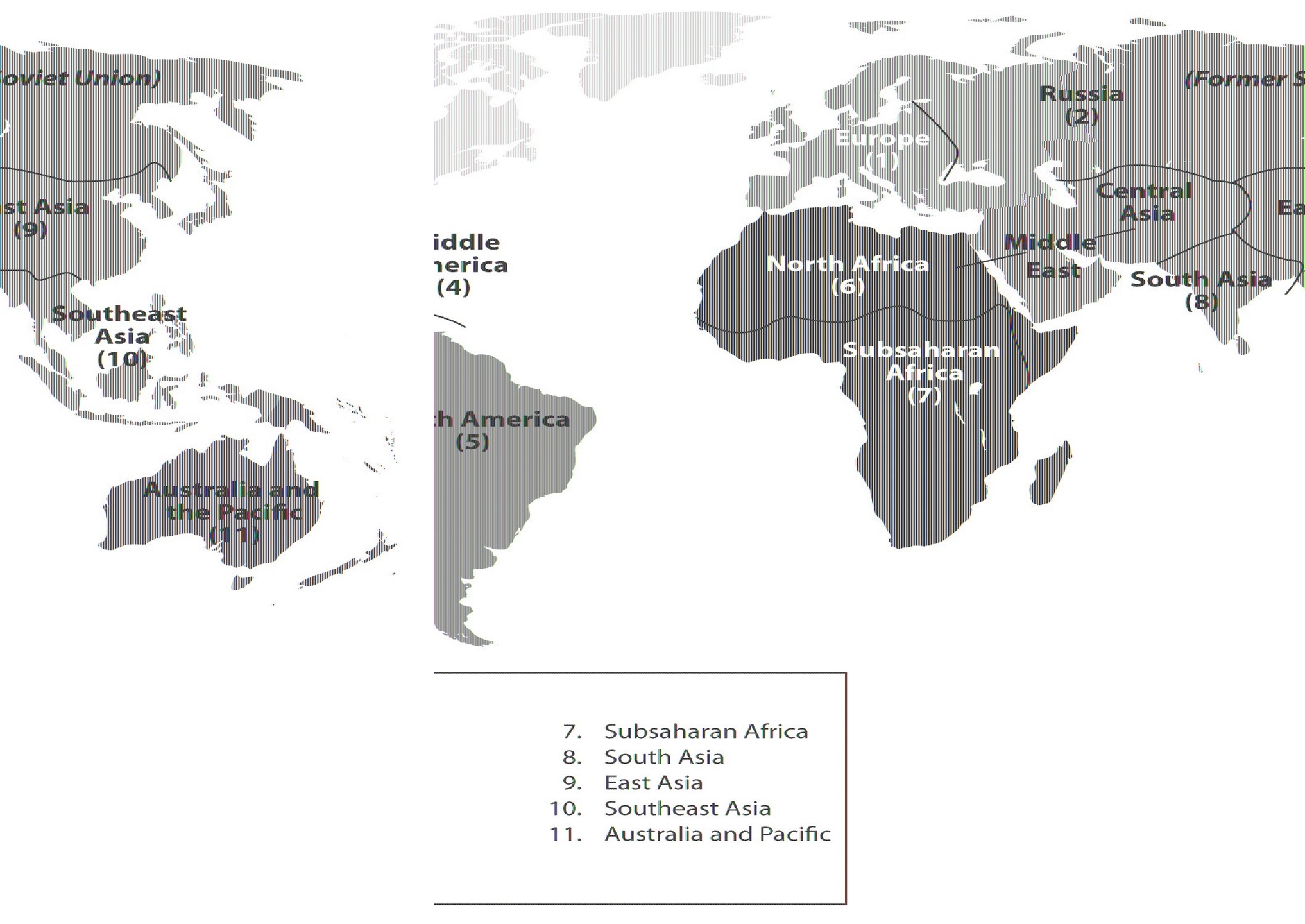A world map is a graphical representation of the Earth’s surface on a flat plane, showing the locations and shapes of continents, oceans, islands, countries, and other features. World maps can have different purposes and perspectives, such as showing political boundaries, physical landscapes, climate zones, population distribution, or historical events. World maps can also use different projections, which are methods of transforming the curved surface of the Earth into a flat map, with varying degrees of distortion and accuracy.
To read a world map, one needs to understand its basic components and how they relate to the real world. Some of the common components of a world map are:
– Title: The title tells the reader what the map is about and what kind of information it shows. For example, a map titled “World Population Density” would show how many people live in each area of the world, while a map titled “World War II” would show the major events and territories involved in the war.
– Legend: The legend, also called a key, explains the meaning of the symbols, colors, and labels used on the map. For example, a legend might show that a red dot represents a capital city, a blue line represents a river, and a green area represents a forest. The legend helps the reader to interpret the map and find the information they need.
– Scale: The scale shows the relationship between the distance on the map and the distance on the ground. For example, a scale might show that one centimeter on the map equals 100 kilometers on the ground. The scale helps the reader to measure the size and distance of the features on the map and compare them to the real world.
– Orientation: The orientation shows the direction of the map and how it corresponds to the cardinal directions of north, south, east, and west. Most maps have north at the top, but some maps may have a different orientation depending on the projection or the perspective. The orientation helps the reader to locate the features on the map and navigate the world.
– Projection: The projection is the method of transforming the curved surface of the Earth into a flat map. There are many types of projections, each with its own advantages and disadvantages. Some of the common projections are:
– Mercator projection: This projection preserves the shape and direction of the features on the map, but distorts the size and area, especially near the poles. This projection is useful for navigation and showing angles and directions, but not for showing the relative size and area of the regions.
– Robinson projection: This projection balances the shape, size, and area of the features on the map, but distorts the edges and corners. This projection is useful for showing the general appearance and distribution of the regions, but not for showing the exact shape and size of the features.
– Winkel tripel projection: This projection minimizes the distortion of the shape, size, and area of the features on the map, but still has some errors and irregularities. This projection is useful for showing the overall accuracy and realism of the world, but not for showing the precise details and measurements of the features.
To read a world map effectively, one needs to consider the purpose, perspective, and projection of the map, and use the components of the map to find and understand the information they need. World maps are powerful tools for learning and communicating about the world, but they are also limited and subjective representations of the complex and dynamic reality of the Earth. Therefore, one should always be critical and curious when reading a world map, and compare and contrast different maps to gain a deeper and broader understanding of the world.









